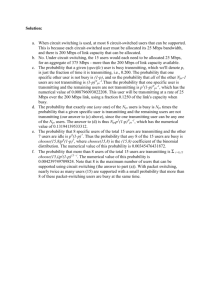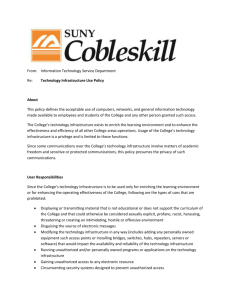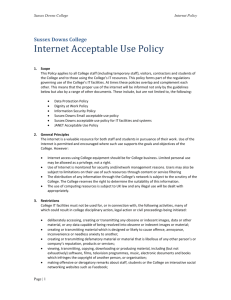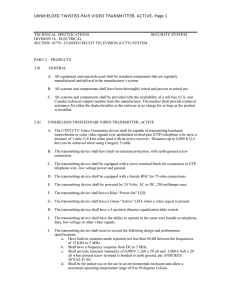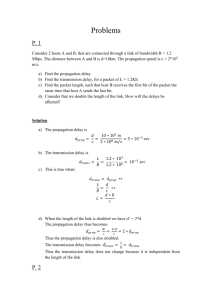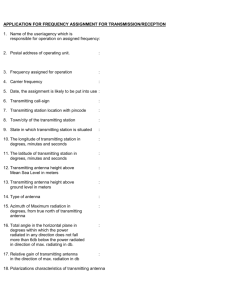Quantitative Comparison of Packet Switching and Circuit Switching
advertisement
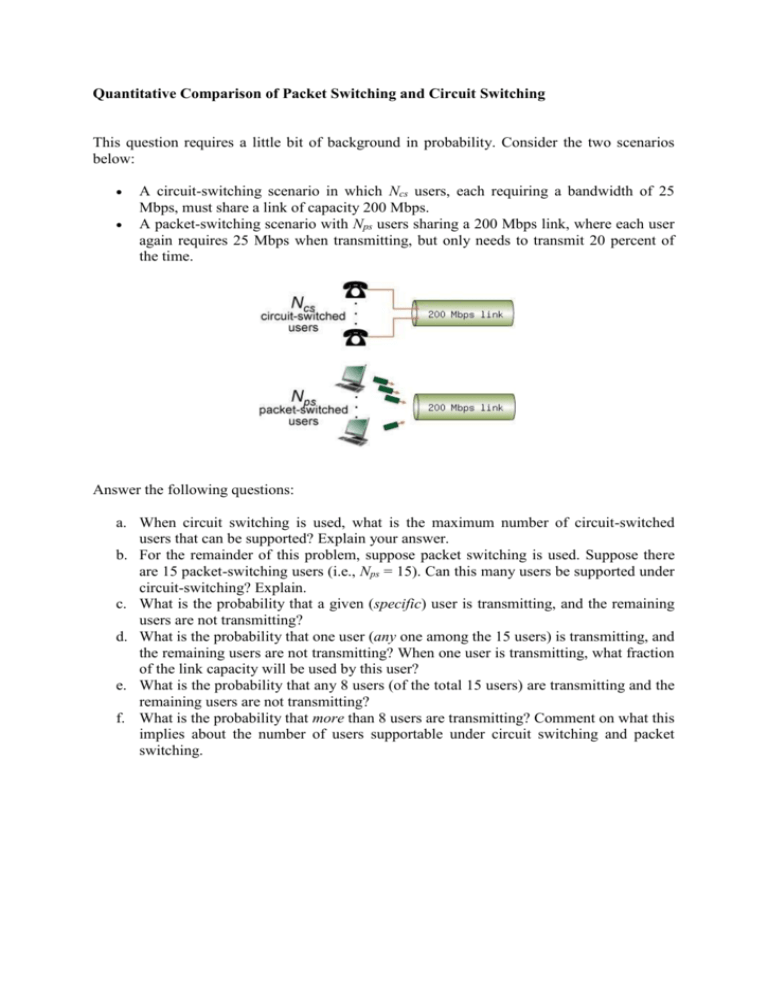
Quantitative Comparison of Packet Switching and Circuit Switching This question requires a little bit of background in probability. Consider the two scenarios below: A circuit-switching scenario in which Ncs users, each requiring a bandwidth of 25 Mbps, must share a link of capacity 200 Mbps. A packet-switching scenario with Nps users sharing a 200 Mbps link, where each user again requires 25 Mbps when transmitting, but only needs to transmit 20 percent of the time. Answer the following questions: a. When circuit switching is used, what is the maximum number of circuit-switched users that can be supported? Explain your answer. b. For the remainder of this problem, suppose packet switching is used. Suppose there are 15 packet-switching users (i.e., Nps = 15). Can this many users be supported under circuit-switching? Explain. c. What is the probability that a given (specific) user is transmitting, and the remaining users are not transmitting? d. What is the probability that one user (any one among the 15 users) is transmitting, and the remaining users are not transmitting? When one user is transmitting, what fraction of the link capacity will be used by this user? e. What is the probability that any 8 users (of the total 15 users) are transmitting and the remaining users are not transmitting? f. What is the probability that more than 8 users are transmitting? Comment on what this implies about the number of users supportable under circuit switching and packet switching.
